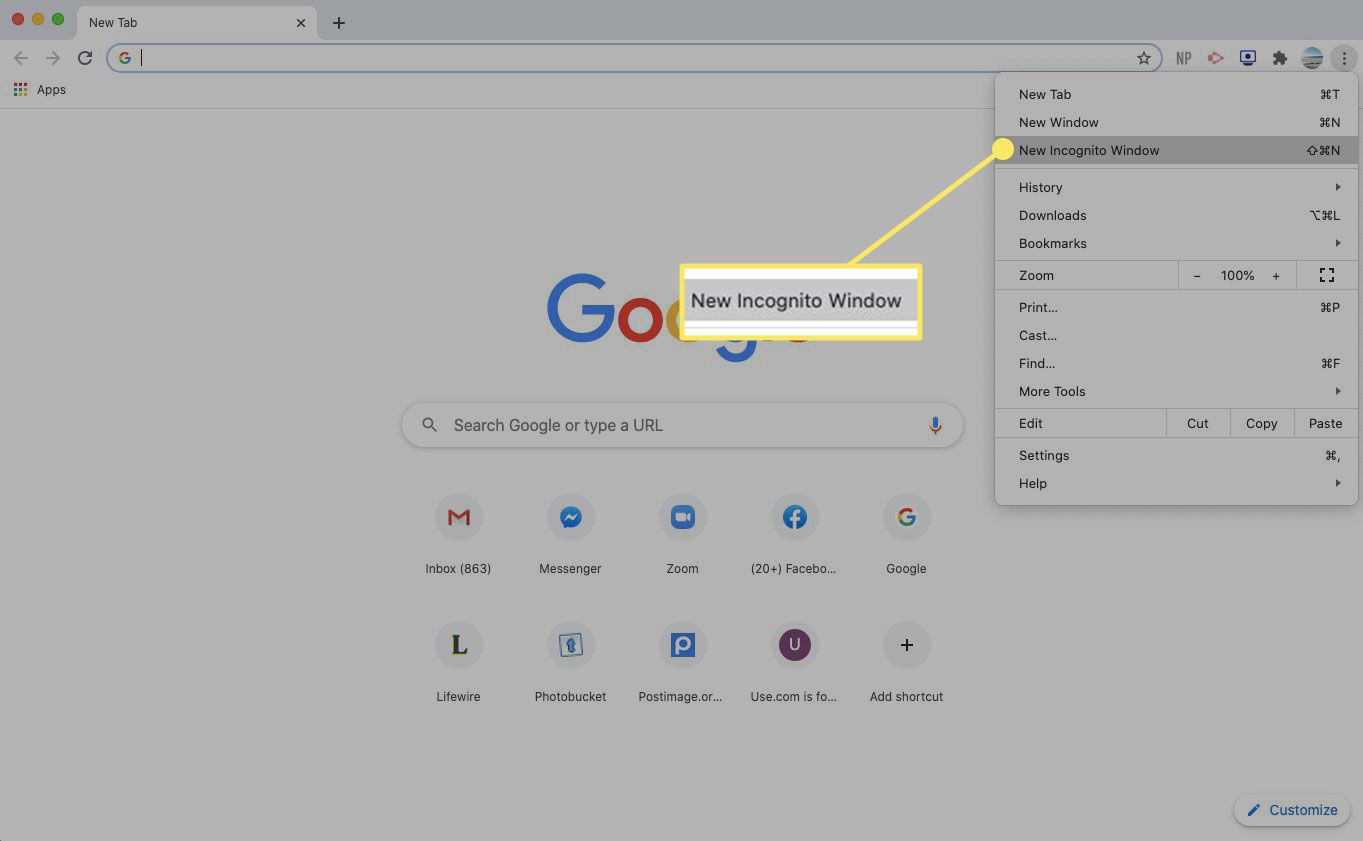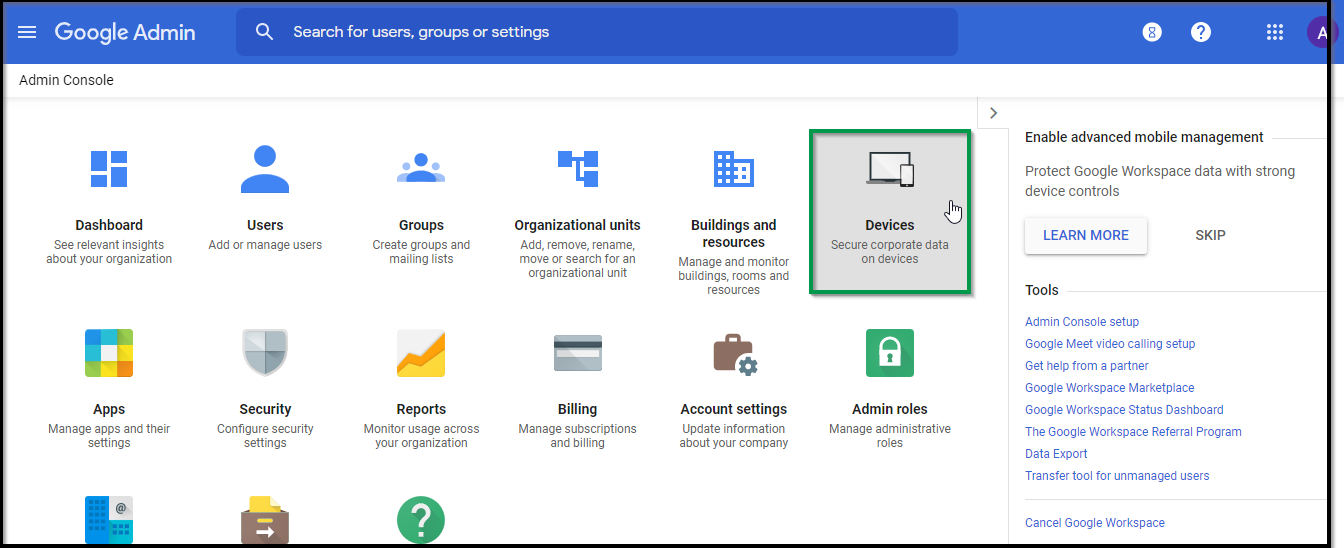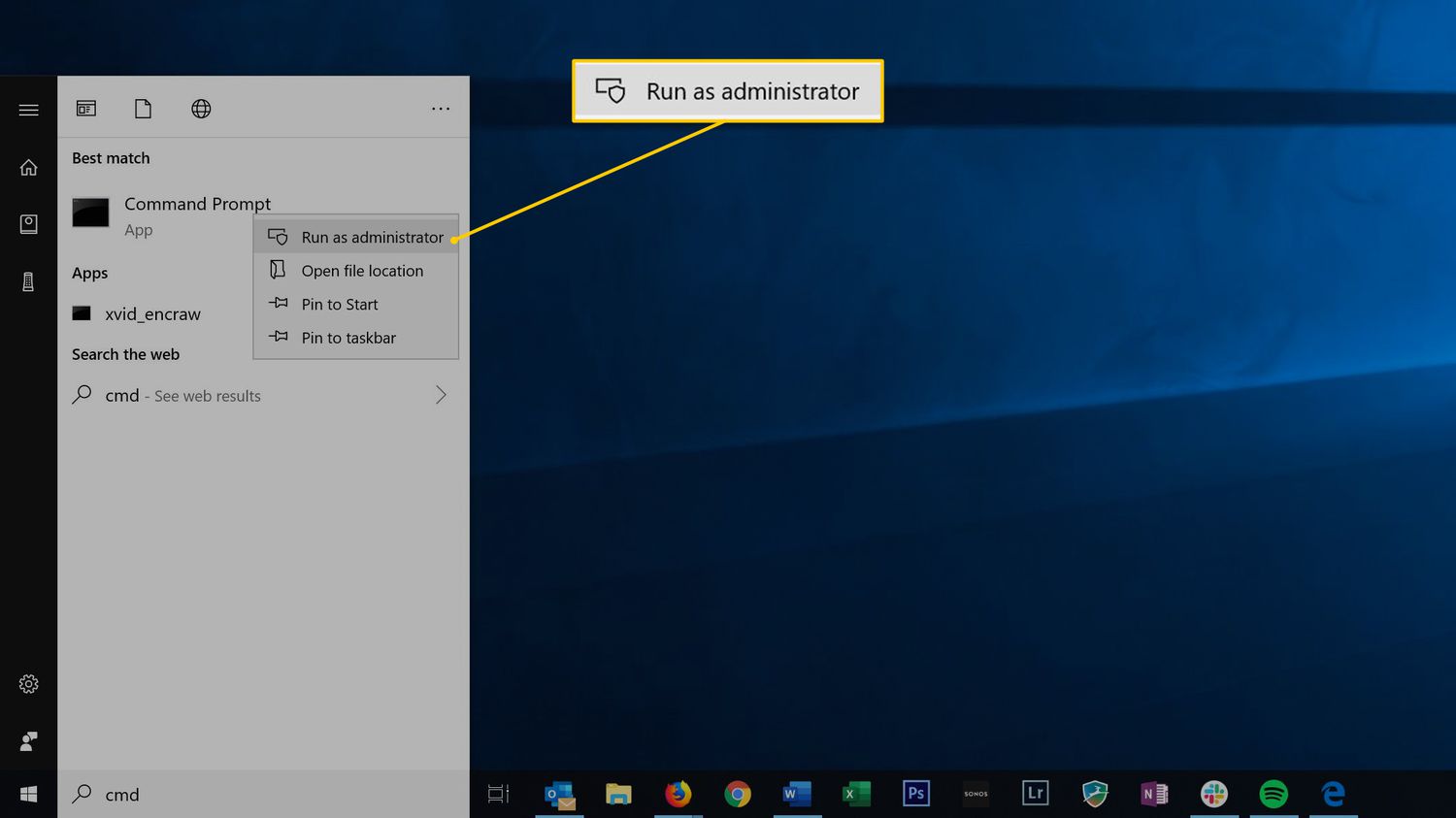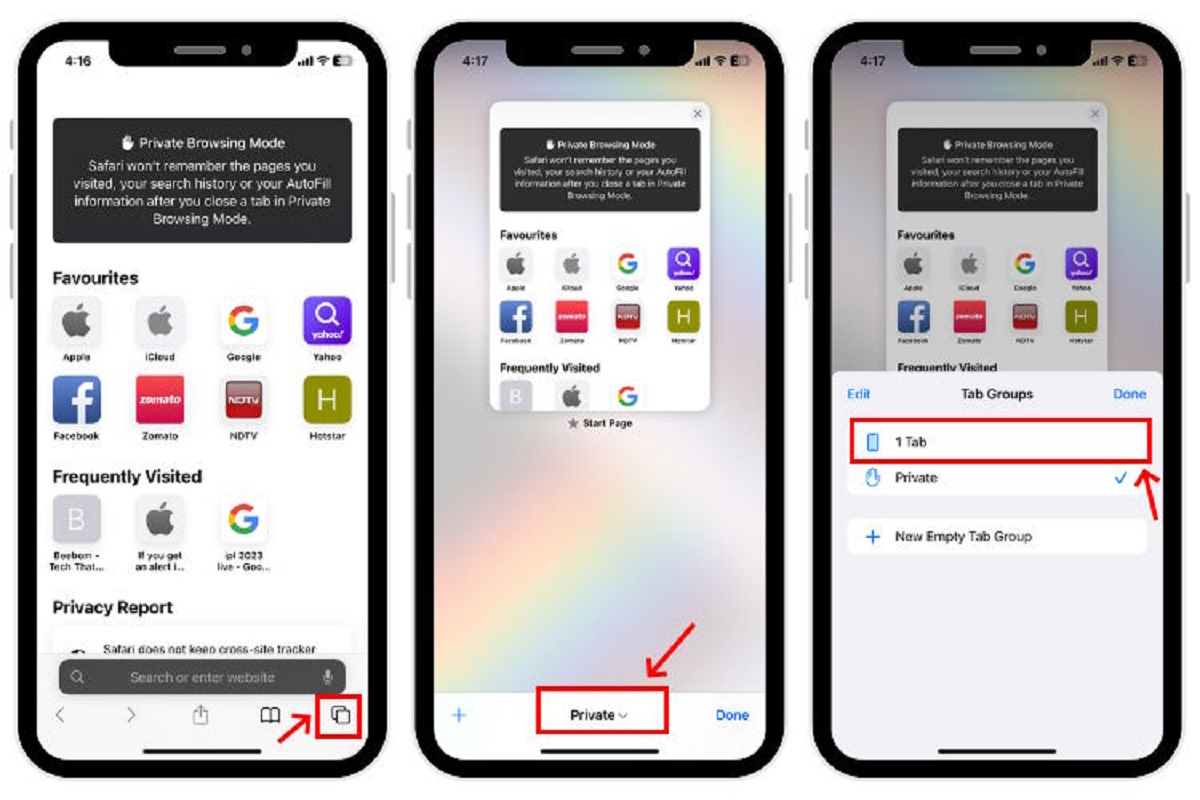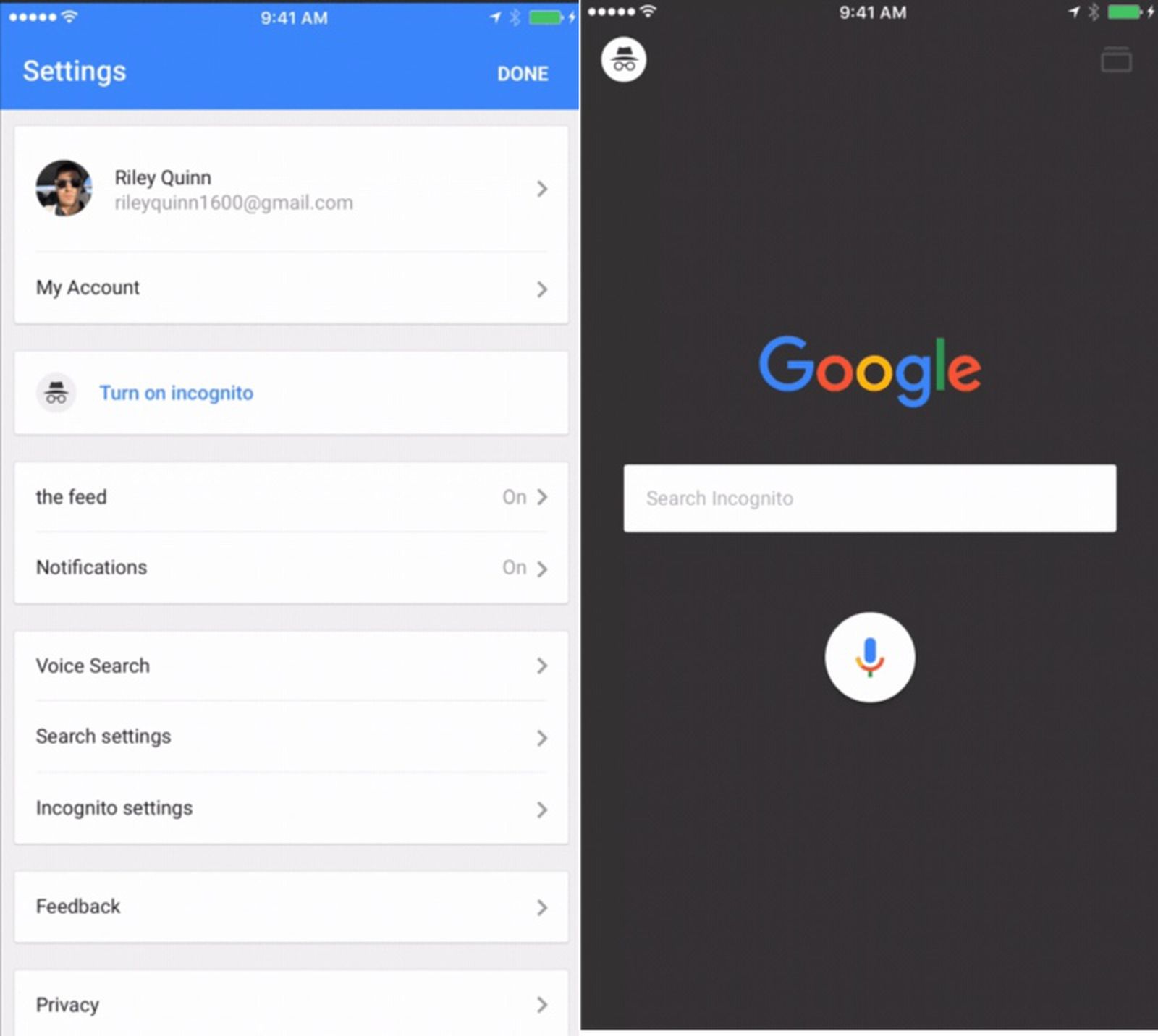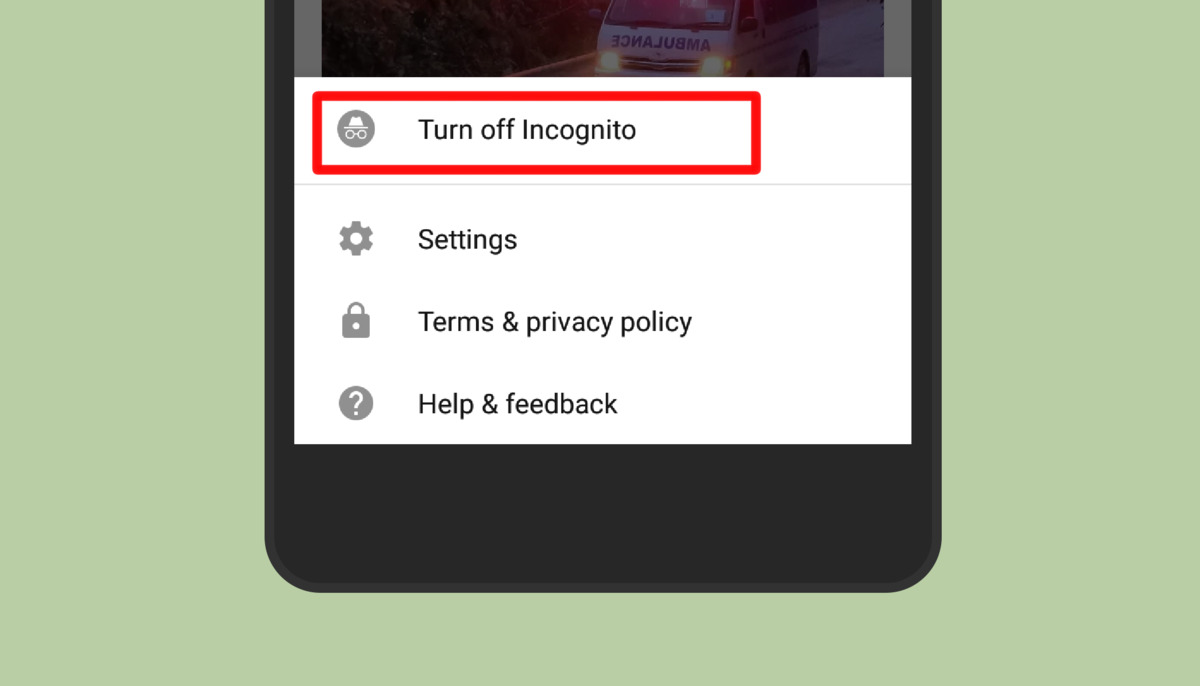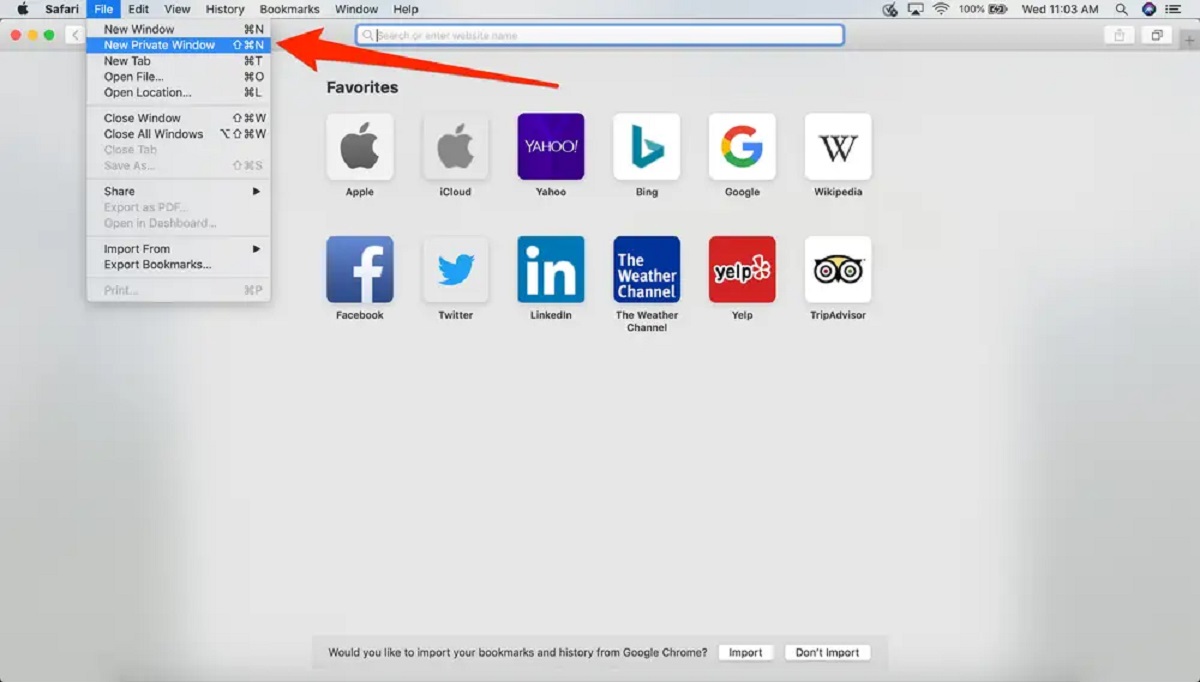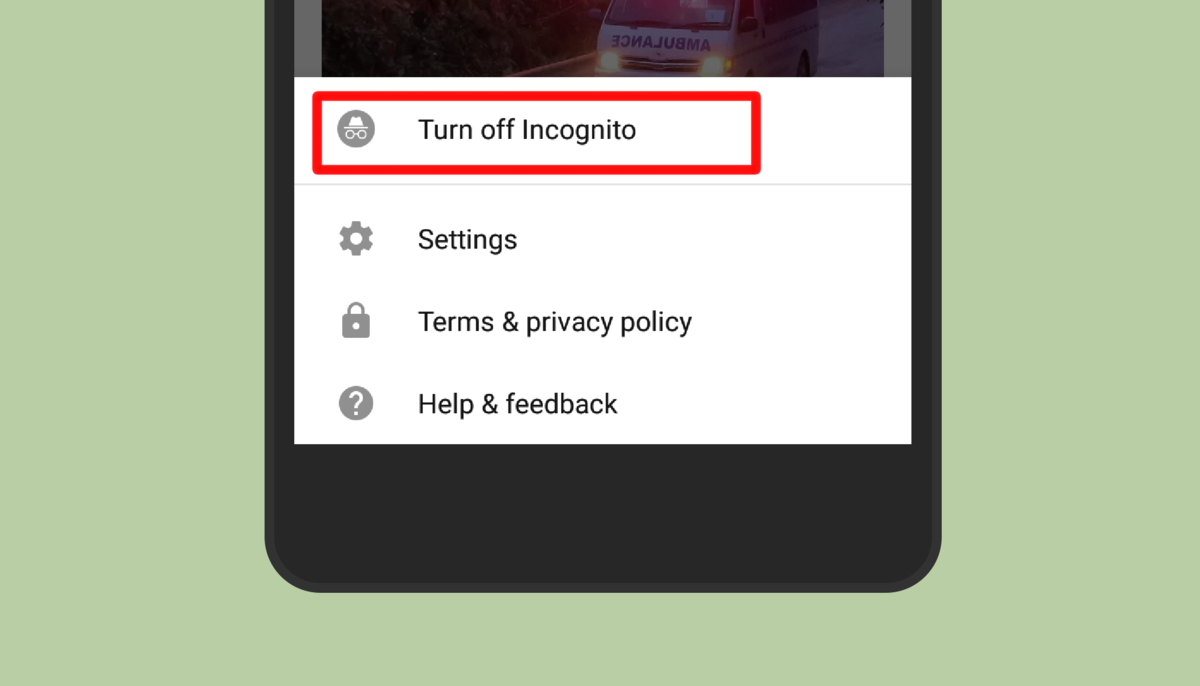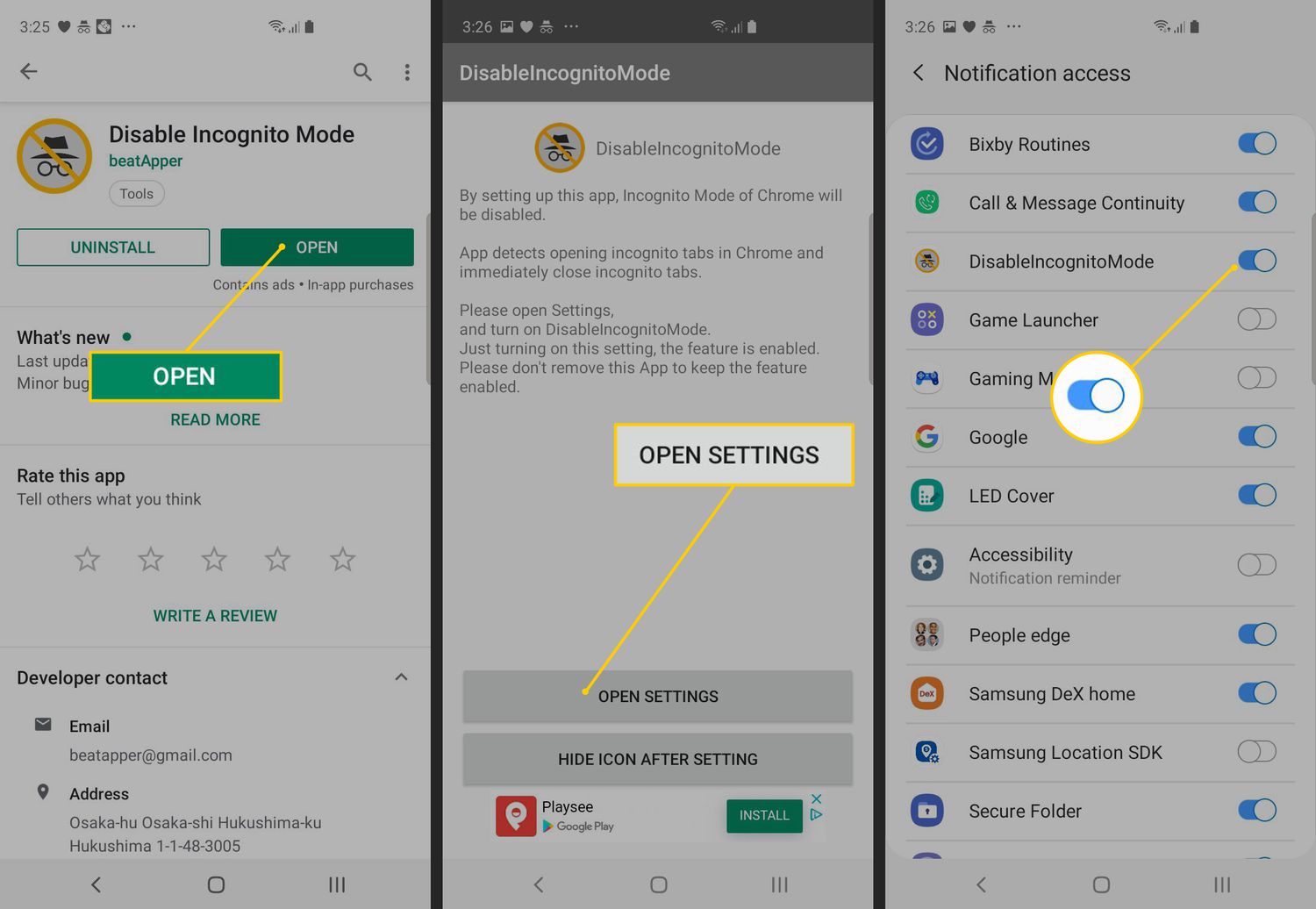What is Incognito Mode?
Incognito mode, also known as private browsing, is a feature available in Google Chrome that allows you to browse the web without leaving traces of your browsing activity on your device. When you use incognito mode, your browsing history, cookies, and other data are not stored. This means that any websites you visit, files you download, or forms you fill out will not be saved in your browser’s history or remembered by the browser.
Incognito mode offers users a level of privacy and confidentiality that regular browsing does not provide. It is ideal for situations where you may want to browse sensitive content or perform online activities without leaving any evidence on your device. It should be noted, however, that while incognito mode prevents your browsing activity from being stored locally, it does not make you completely anonymous. Your internet service provider, employer, or the websites you visit may still be able to track your online activity.
When you open a new incognito window, Chrome creates a temporary browsing session that operates independently from your regular browsing session. This means that any cookies, cached files, or other data stored during your incognito session will be deleted once you close the window. It also means that any extensions or settings you have in your regular browsing session will not apply in incognito mode, providing an extra layer of privacy.
While using incognito mode, Chrome disables certain features that could leave traces of your browsing activity. For example, it disables the saving of your download history and the autocomplete feature for forms. Additionally, any bookmarks or changes you make to your browser settings while in incognito mode will not be saved.
It’s important to note that incognito mode primarily prevents your browsing history from being saved locally. It does not provide the same level of protection against tracking and surveillance as a virtual private network (VPN) or other privacy tools. If you require more advanced privacy features, it is recommended to explore other options in conjunction with incognito mode.
Why Would You Use Incognito Mode?
Incognito mode offers several benefits that may make it appealing for a variety of reasons. While it may not provide complete anonymity, it can still be useful in specific situations:
- Browsing Privately: Incognito mode allows you to browse without leaving any traces of your online activity on your device’s browser history. This can be helpful if you are using a shared computer or want to keep your browsing habits private from others with access to your device.
- Logging into Multiple Accounts: If you have multiple accounts on a website or service, using incognito mode can allow you to log into another account without having to sign out of your main account. This can be convenient for managing professional and personal accounts or trying out different settings or preferences on a platform.
- Price Comparison: Many websites track your browsing behavior and use it to adjust prices or show targeted advertisements. By using incognito mode, you can prevent these websites from accessing your browsing history and potentially offering you higher prices based on your past searches.
- Testing Websites: Incognito mode can be helpful for web developers or website owners who want to test how their sites appear to new or non-logged-in users. Since incognito mode does not retain cookies or other browsing data, it allows for a fresh and unbiased perspective.
- Researching Sensitive Topics: If you need to research sensitive topics or browse content that you don’t want to be associated with your regular browsing history, using incognito mode can provide an extra layer of privacy. This can be particularly useful when researching health concerns, legal matters, or personal topics.
It’s important to remember that while incognito mode offers some benefits for privacy and convenience, it has its limitations. It does not provide complete anonymity and does not protect you from being tracked by your internet service provider, websites you visit, or other surveillance methods. For stronger privacy protection, it is recommended to consider using additional tools such as VPN services or specialized privacy-focused browsers.
How to Open Incognito Mode on Chrome
Opening incognito mode in Google Chrome is a quick and straightforward process. There are several methods you can use to access incognito mode:
- Method 1: Using the Menu
- Method 2: Using a Keyboard Shortcut
- Windows/Linux: Ctrl + Shift + N
- Mac: Command + Shift + N
- Method 3: Right-Click on a Link
- Method 4: Using the Chrome Taskbar Icon (Windows)
- Method 5: Using the Chrome App Menu (Android)
Open Google Chrome and click on the three-dot menu icon located in the upper-right corner of the browser window. From the drop-down menu, select “New Incognito Window.” A new window will open, indicating that you are in incognito mode.
You can also open incognito mode in Chrome using a keyboard shortcut. Press the following keys simultaneously:
Once you press the appropriate keys, a new incognito window will open, ready for you to browse privately.
If you prefer a more direct approach, you can right-click on a link and select “Open link in incognito window” from the context menu. This will open the linked page in a new incognito window.
For Windows users, you can also open incognito mode by right-clicking on the Google Chrome taskbar icon. From the menu that appears, select “New incognito window.” This will launch a new incognito window for your private browsing.
If you’re using Chrome on an Android device, you can open incognito mode by tapping on the Chrome app icon to launch the browser. Then, tap on the three-dot menu icon in the upper-right corner, and from the menu, select “New incognito tab.” This will open a new incognito tab for your private browsing.
Choose the method that is most convenient for you, and enjoy browsing the web privately and without leaving any traces of your online activities.
Using Keyboard Shortcut to Open Incognito Mode
If you prefer a quick and efficient way to access incognito mode in Google Chrome, you can use a keyboard shortcut. Chrome provides a simple keyboard combination that allows you to open incognito mode with just a few keystrokes. The keyboard shortcuts vary depending on your operating system:
- Windows/Linux: Press Ctrl + Shift + N simultaneously.
- Mac: Press Command + Shift + N simultaneously.
By pressing the corresponding keyboard shortcut, a new incognito window will appear, indicating that you are now browsing in incognito mode.
Using the keyboard shortcut is particularly helpful if you frequently switch between regular browsing and incognito mode. It saves you time and eliminates the need to navigate through menus or right-click on links.
It’s important to note that the keyboard shortcut works when Chrome is the active window. If you are in a different application, the shortcut may not function. Make sure you have Chrome in focus before using the keyboard combination.
Furthermore, it’s worth mentioning that the keyboard shortcut offers the same functionality as opening incognito mode through the menu or other methods. It simply provides a more convenient and efficient way to access incognito mode.
Whether you’re concerned about your privacy, want to log into multiple accounts simultaneously, or are performing online research, the keyboard shortcut to open incognito mode in Chrome is a handy tool to have at your disposal. Try it out and enjoy the benefits of browsing privately with ease.
How to Know If You Are in Incognito Mode
It’s important to be able to identify if you are actively browsing in incognito mode in Google Chrome. Fortunately, Chrome provides several visual indicators to help you determine if you are in incognito mode:
- Visual Appearance: When you open a new incognito window, Chrome displays a visual indicator to differentiate it from a regular browsing window. The incognito window will have a dark background and a conspicuous “You’ve gone incognito” message at the top of the window.
- Icon: Another way to recognize if you are in incognito mode is by looking at the browser icon. In Chrome, the icon on the incognito window will change slightly to indicate that you are browsing privately. For example, on Windows, the regular Chrome icon will have a hat and sunglasses added to it when in incognito mode.
- Taskbar/Dock Tooltip: If you have multiple Chrome windows or tabs open, you can hover your mouse cursor over the Chrome taskbar (Windows) or dock (Mac) icon. A tooltip will appear displaying the word “Incognito” to indicate that one of your open windows or tabs is in incognito mode.
- Window Title: The title of the incognito window in Chrome will include the word “Incognito” to make it clear that you are browsing privately. This can be useful when you have multiple browser windows open and want to quickly identify which one is in incognito mode.
- Incognito NTP: The New Tab Page (NTP), which appears when you open a new tab, is slightly different in incognito mode. In incognito mode, the incognito NTP will show an illustration of a secret agent instead of your recently visited websites or most visited sites.
By looking out for these visual cues, you can easily determine if you are actively browsing in incognito mode. This can help ensure that your online activities are kept private and separate from your regular browsing session.
Additionally, it is worth noting that browser extensions that are available in your regular browsing session may not be active or visible in incognito mode. This is intentional to maintain privacy and restrict tracking while using incognito mode.
Knowing whether you are in incognito mode or not is essential for understanding the level of privacy and browsing experience you have at any given time. By familiarizing yourself with these indicators, you can confidently navigate the web with the assurance of knowing if you are browsing incognito.
How to Exit Incognito Mode
When you’ve finished browsing in incognito mode and want to return to your regular browsing session, you can easily exit incognito mode in Google Chrome. There are a few methods you can use to exit incognito mode:
- Method 1: Close the Incognito Window
- Method 2: Use the Keyboard Shortcut
- Windows/Linux: Press Ctrl + Shift + N simultaneously.
- Mac: Press Command + Shift + N simultaneously.
- Method 3: Use the Menu
- Click on the three-dot menu icon in the top right corner of the browser window.
- From the drop-down menu, select “Close incognito window.”
The simplest way to exit incognito mode is to close the incognito window. Click on the “X” icon in the top right corner of the window or use the standard window close button (usually located in the top left corner on a Mac). Once the window is closed, you will exit incognito mode and return to your regular browsing session.
If you prefer using keyboard shortcuts, you can exit incognito mode by pressing the same keyboard shortcut that you used to open it:
By pressing the keyboard shortcut while already in incognito mode, the incognito window will close, and you will return to the regular browsing mode.
If you prefer using the menu, you can exit incognito mode by following these steps:
This will close the incognito window, and you will be back to your regular browsing mode.
Whichever method you choose, exiting incognito mode is a simple and seamless process. Once you’re out of incognito mode, your browsing history, cookies, and other data will resume being stored in your browser, just as it does in the regular browsing mode.
It’s important to note that closing the incognito window or tab will remove any browsing history or data associated with that particular incognito session. However, it’s advisable to be mindful of any external factors or tracking methods that may still have access to information about your browsing activities, such as your internet service provider or the websites you visit.
Now that you know how to exit incognito mode, you can confidently switch between regular browsing and incognito mode as needed and enjoy a flexible and secure browsing experience.







